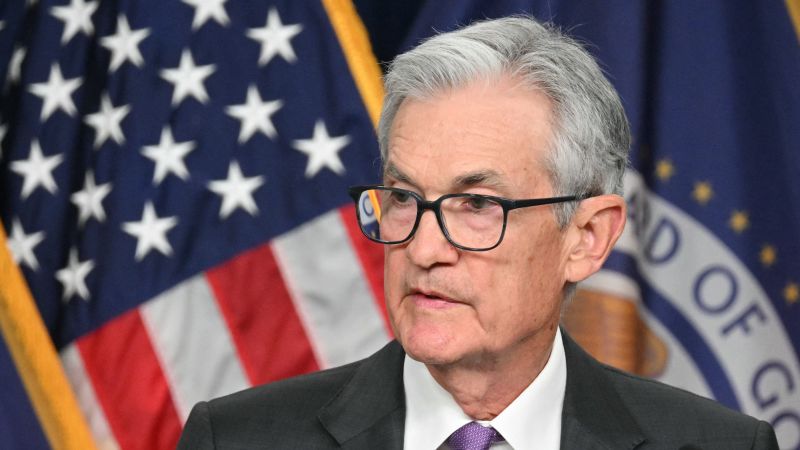The US economy has been experiencing strong growth in recent years, with the Federal Reserve aiming for a 2% inflation target. However, the latest gross domestic product (GDP) report showed a growth rate of 1.6% in the first quarter of this year, down from 3.4% in the previous quarter. Inflation rates are also rising, with the Personal Consumption Expenditures price index showing an increase to 3.4% in the first quarter. This combination of slowing economic growth and rising inflation is known as stagflation, a troubling concept for central bankers and investors alike.
While one GDP report may not indicate a definite trend, the current data is concerning for the US economy. However, the US is in a better position compared to other countries like the UK and Germany, where high inflation coincides with minimal GDP growth. Low rates of unemployment can help alleviate some of the negative impacts of inflation, as businesses are limited in their ability to raise prices when consumer spending power is reduced. Historically, stagflation has been a challenging economic environment, as seen in the 1970s during a period of high oil prices.
JPMorgan Chase CEO Jamie Dimon has expressed concerns that the US economy is resembling the 1970s, referencing the potential for stagflation. Despite similarities to that decade, such as geopolitical tensions and rising oil prices, many economists believe that the current situation is not as severe. Inflation rates are lower than experienced in the 1970s, and the US economy is more resilient. However, there is a growing consensus among economists and investment strategists that the era of the “Goldilocks economy,” characterized by low inflation and strong GDP growth, may be coming to an end.
The US economy is facing challenges with slower growth and higher inflation, which presents risks for the Federal Reserve and investors. While the current economic conditions are not dire, there are concerns about potential long-term impacts. The Goldilocks narrative of low inflation and strong GDP growth may be faltering, leading to uncertainty in the financial markets. It is essential for policymakers and investors to closely monitor economic data and trends to determine the best course of action moving forward.


